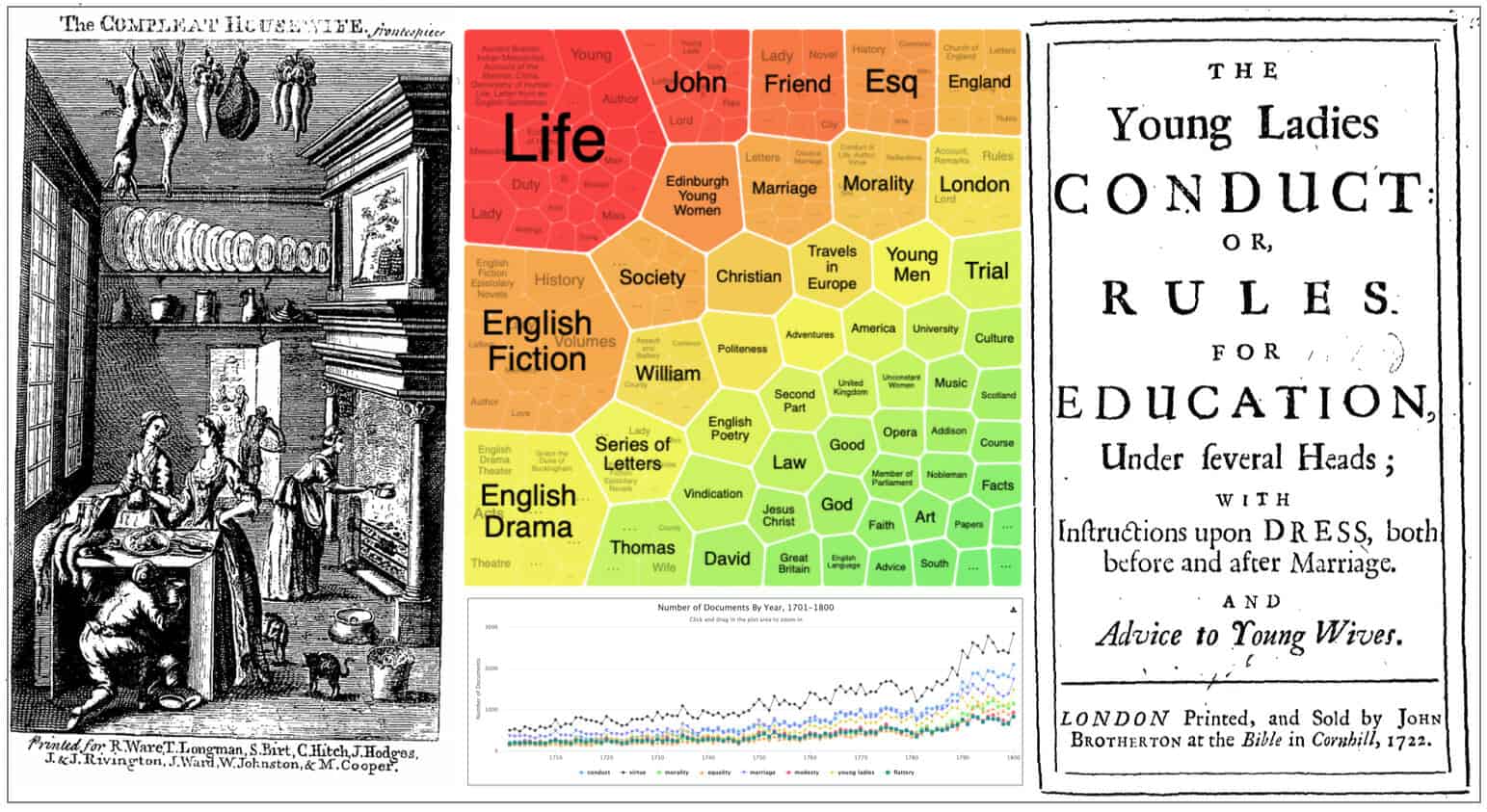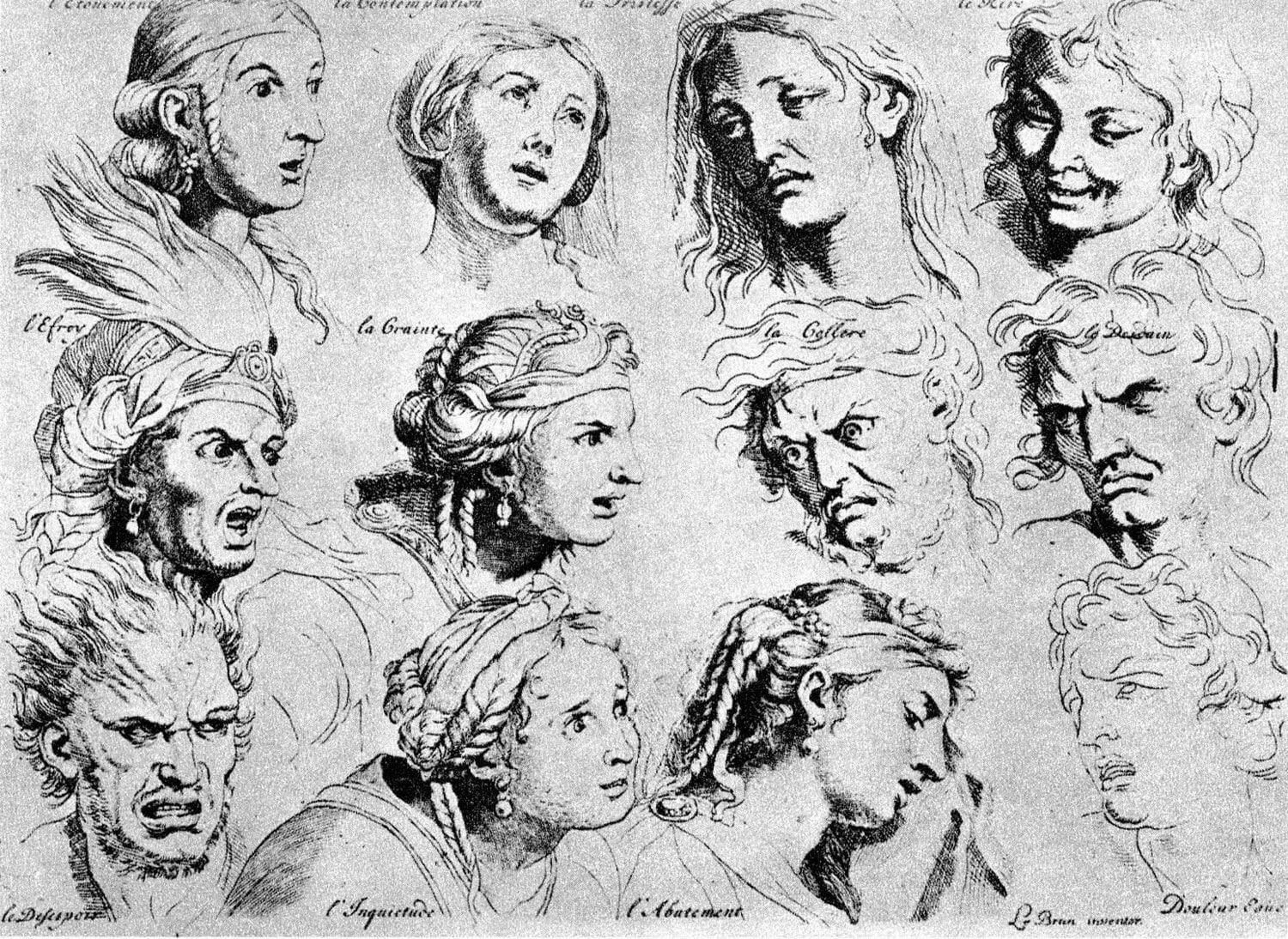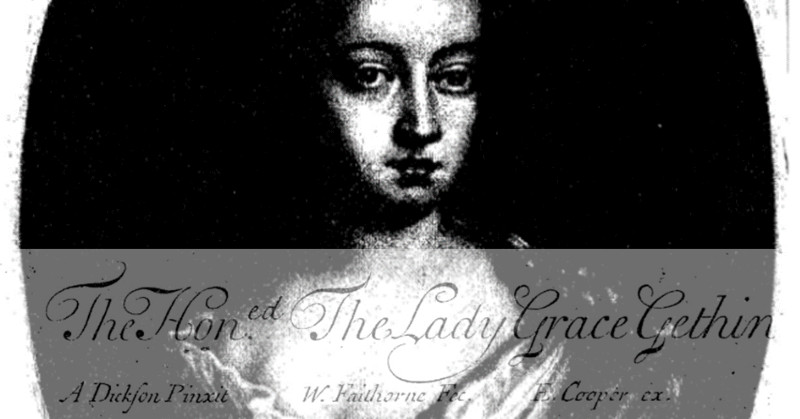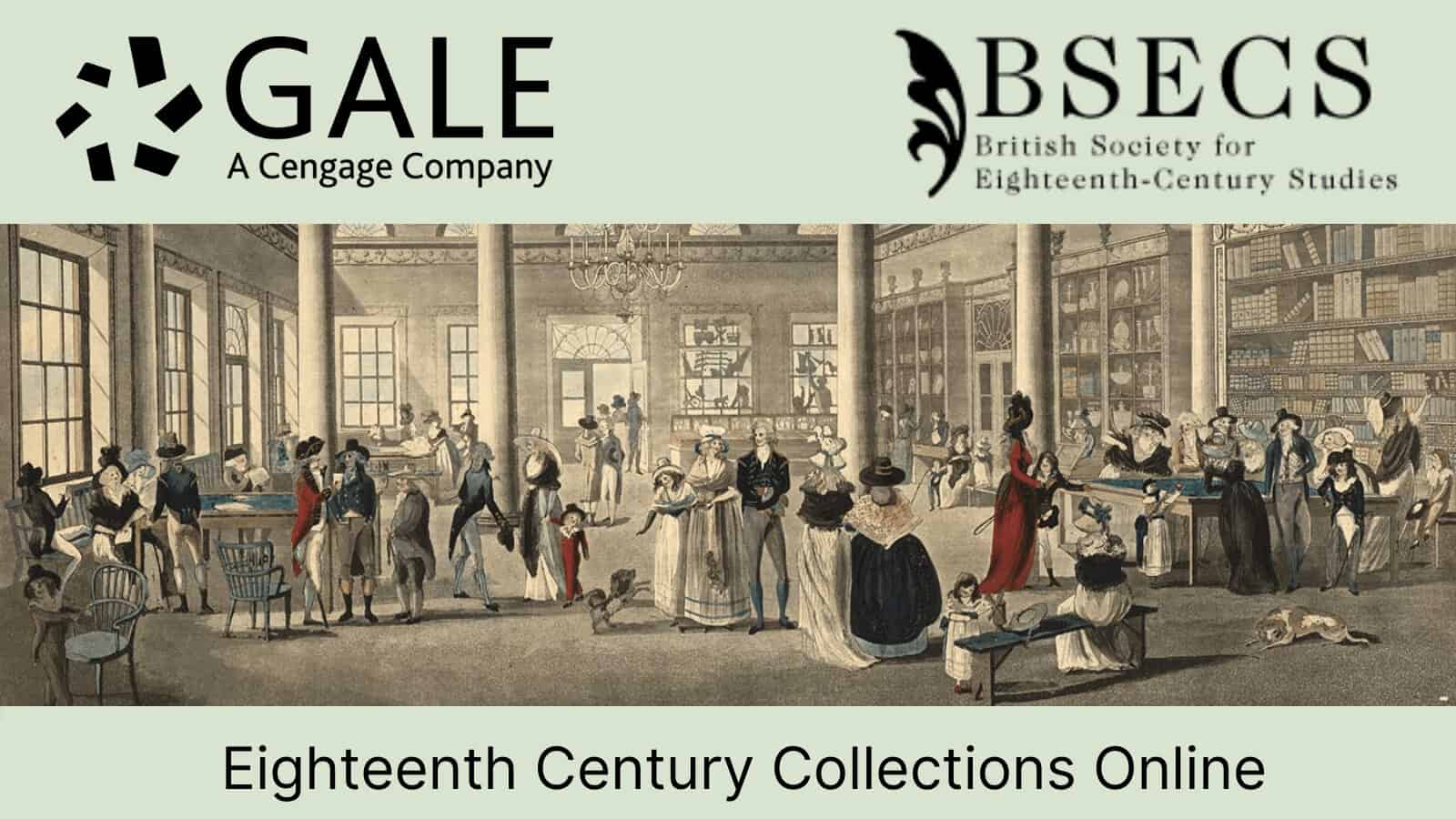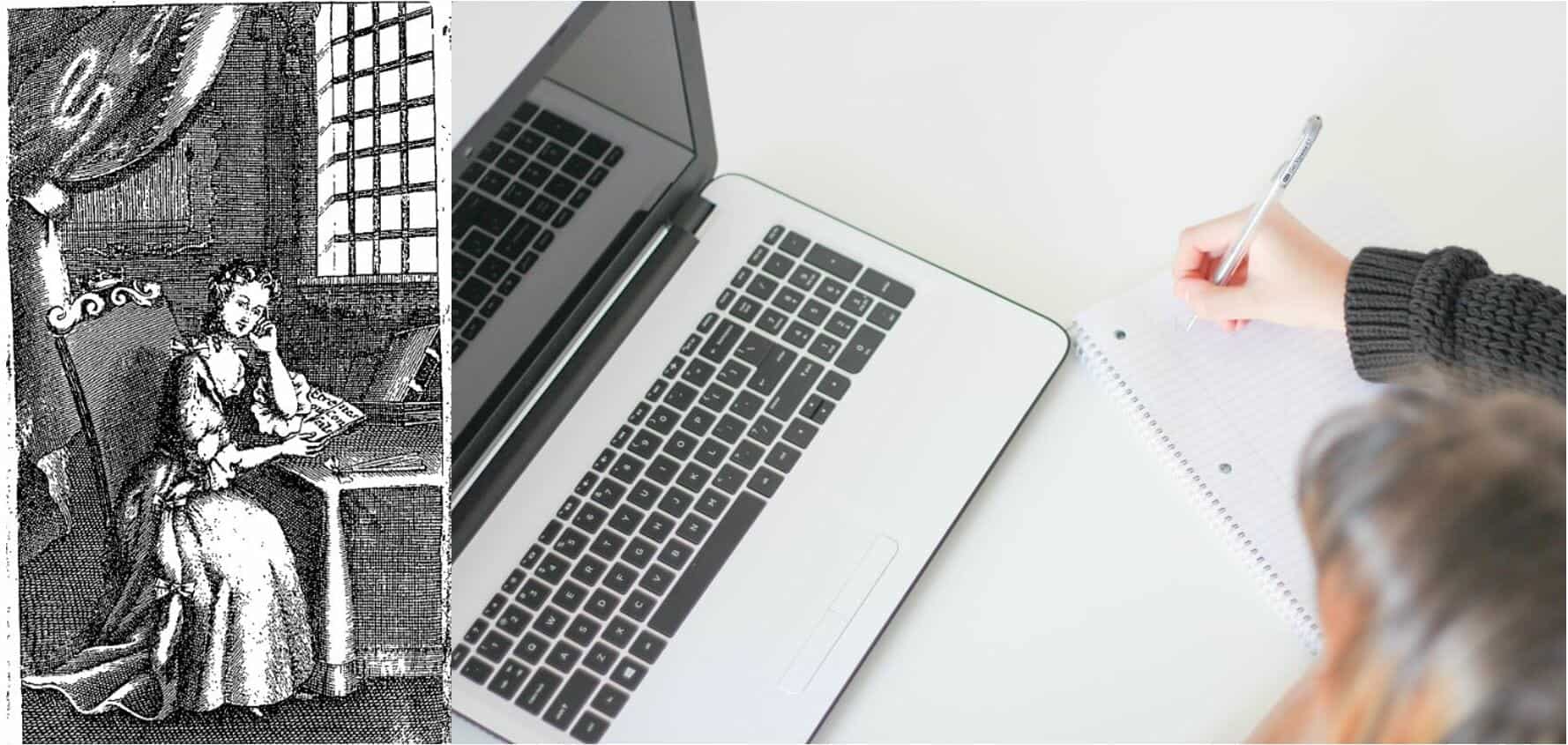│By Sirkku Ruokkeinen, University of Turku, Finland│
In 1786, the Scottish economist William Playfair (1759–1823) published the Commercial and Political Atlas, reporting on the trade balance between England and continental Europe, West Indies, and North America. The work included something never before seen in print: line and bar charts. These statistical tools, although familiar to many of us now, are in fact quite complex devices and necessitate some understanding of their structure for a successful reading. So how were Playfair’s eighteenth century readers able to understand them?



